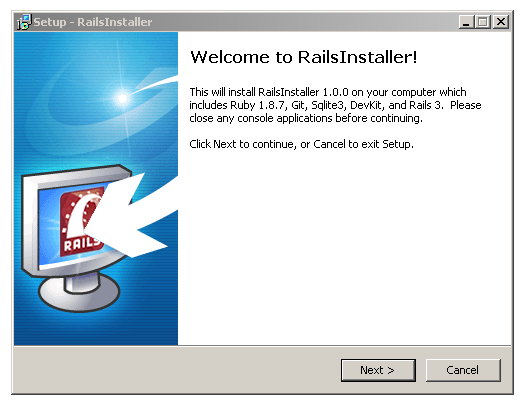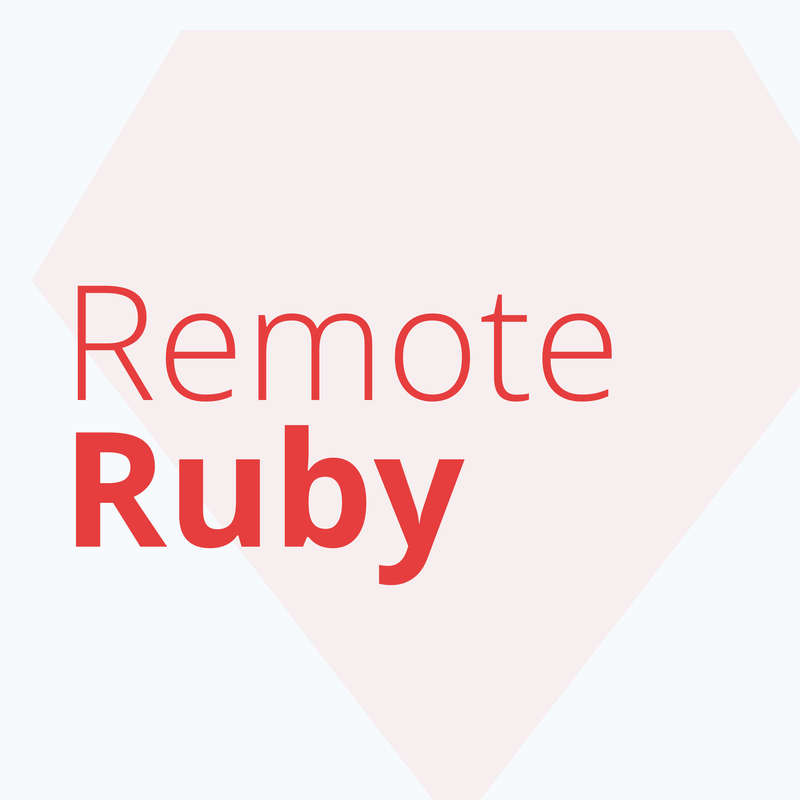

- #Install ruby and rails for mac install
- #Install ruby and rails for mac upgrade
- #Install ruby and rails for mac windows
#Install ruby and rails for mac windows
To do this, add export PATH="$PATH:`yarn global bin`" to your profile, or if you use Fish shell, simply run the command set -U fish_user_paths (yarn global bin) $fish_user_paths Windows To have access to Yarn’s executables globally, you will need to set up the PATH environment variable in your terminal. # Look for "Good signature from 'Yarn Packaging'" in the output Path Setup Unix/Linux/macOS
#Install ruby and rails for mac upgrade
To upgrade Yarn, you can do so with Homebrew. Yarn will warn you if a new version is available. To do this, add export PATH="$PATH:`yarn global bin`" to your profile, or if you use Fish shell, simply run the command set -U fish_user_paths (yarn global bin) $fish_user_paths Upgrade Yarn # Look for "Good signature from 'Yarn Packaging'" in the output Path Setup To do this, add export PATH="$PATH:`yarn global bin`" to your profile, or if you use Fish shell, simply run the command set -U fish_user_paths (yarn global bin) $fish_user_paths

#Install ruby and rails for mac install
If you received an error that said Access denied for user (using password: NO) then you need to update your config/database.yml file to match the database username and password.Sudo apt update & sudo apt install -no-install-recommends yarn Now that you've got your machine setup, it's time to start building some Rails applications.

You can now visit to view your new website! # config/database.yml file to contain the username/password that you specified It supports macOS, Linux, Windows, virtual machines, and cloud images. # If you setup MySQL or Postgres with a username/password, modify the Bitnami Ruby Stack provides a complete development environment for Rails. # Note you will need to change config/database.yml's username to be Let's create your first Rails application: rails new myapp You might need to run the following command to install pg, nokogiri, or other gems that require C extensions: sudo installer -pkg /Library/Developer/CommandLineTools/Packages/macOS_SDK_headers_for_macOS_10.14.pkg -target /Īnd now for the moment of truth. Mojave changed the location of header files necessary for compiling C extensions. For example, my OS X user is named chris so I can login to postgresql with that username. Follow the instructions and run them: # To have launchd start postgresql at login:īy default the postgresql user is your current OS X username with no password. Once this command is finished, it gives you a couple commands to run. You can install PostgreSQL server and client from Homebrew: brew install postgresql When you're finished, you can skip to the Final Steps. Follow the instructions and run them: # To have launchd start mysql at login:īy default the mysql user is root with no password. You can install MySQL server and client from Homebrew: brew install mysql If you're coming from PHP, you may already be familiar with MySQL. If you're new to Ruby on Rails or databases in general, I strongly recommend setting up PostgreSQL. There is a lot of documentation on both, so you can just pick one that seems like you'll be more comfortable with. You'll probably want something more robust like MySQL or PostgreSQL. Chances are you won't want to use it because it's stored as a simple file on disk. Rails ships with sqlite3 as the default database.

We're going to install sqlite3 from homebrew because we can't use the built-in version with macOS Sierra without running into some troubles.


 0 kommentar(er)
0 kommentar(er)
